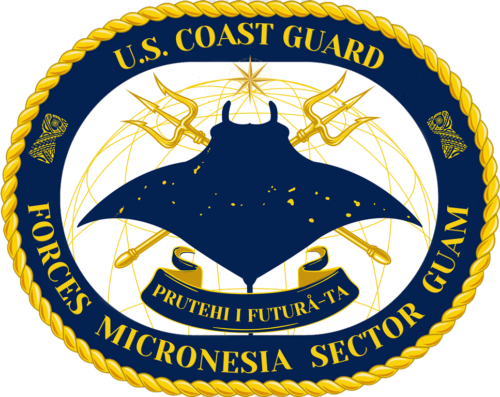
A U.S. Navy plane dispatched from Japan made the initial discovery, as told by the U.S. Coast Guard Forces of Micronesia/Sector Guam
On April 6, Joint Rescue Sub-Center (JRSC) Guam received a distress call from a relative of the three mariners reporting her three uncles had not returned from Pikelot Atoll, approximately 100 nautical miles northwest of Polowat Atoll.
[…]
The three mariners, all men in their 40s, reportedly embarked on their voyage from Polowat Atoll Easter Sunday in a small 20-foot open skiff equipped with an outboard motor and experience in navigating these waters.
JRSC Guam watchstanders immediately began coordinating a multifaceted search and rescue operation. Despite initial challenges in mobilizing air assets due to availability, operational commitments, and weather conditions, persistent efforts led to the engagement of a U.S. Navy P-8 aircraft crew from Kadena Air Force Base in Japan and the diversion of USCGC Oliver Henry (WPC 1140), already underway in the FSM, to the initial search area which spanned over 78,000 square nautical miles.
The breakthrough came when the U.S. Navy P-8 Poseidon aircraft identified the three mariners on April 7 on Pikelot Atoll, confirming their presence and condition.
“In a remarkable testament to their will to be found, the mariners spelled out “HELP” on the beach using palm leaves, a crucial factor in their discovery. This act of ingenuity was pivotal in guiding rescue efforts directly to their location” said Lt. Chelsea Garcia, the search and rescue mission coordinator on the day they were located. “This successful operation underscores the effective coordination and partnership between the U.S. Coast Guard, the U.S. Navy, and regional partners. We extend our gratitude to everyone involved.”
The aircraft crew successfully deployed survival packages to sustain the mariners until further assistance could arrive. USCGC Oliver Henry was rerouted to Pikelot Atoll to conduct the rescue operation.
